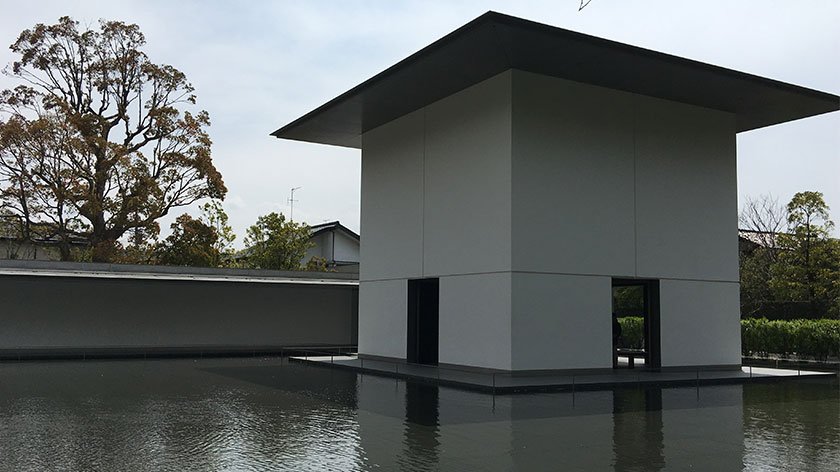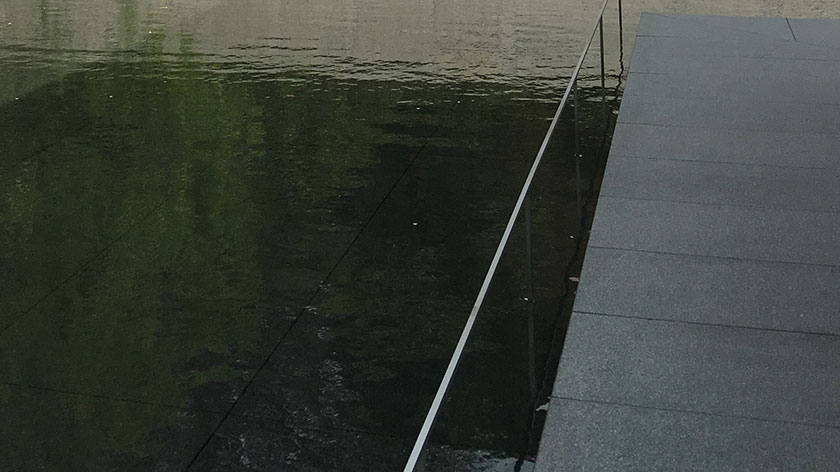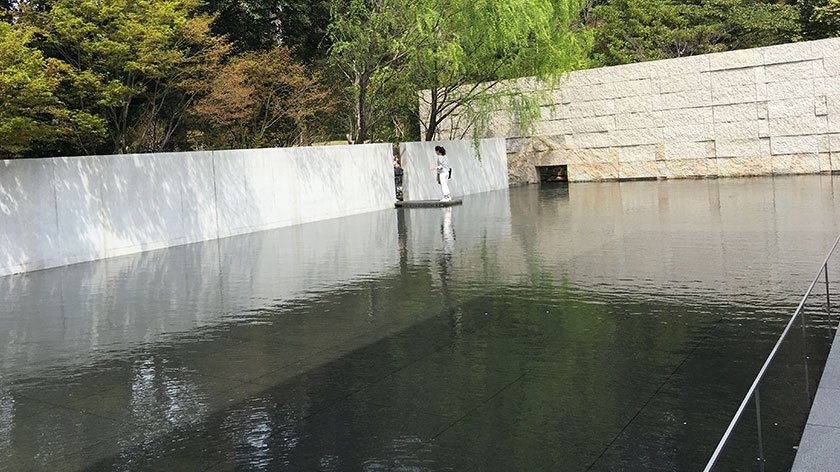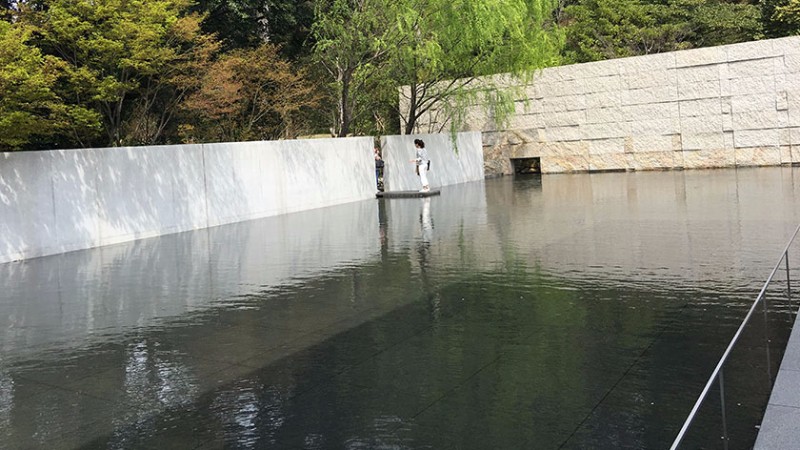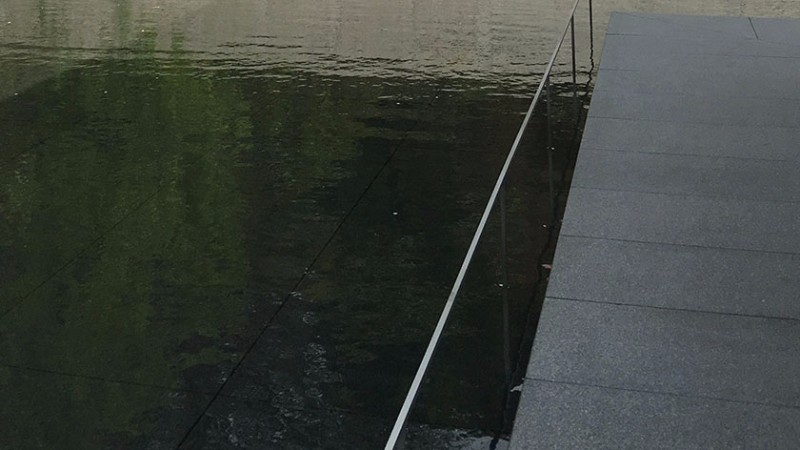- Overview

The D. T. Suzuki Museum is intended to let visitors learn about the philosophy of D. T. Suzuki and engage in their own contemplation as they move through the wings and gardens. Though a bit far from the bus stop, it is wheelchair accessible.
Background Information
Daisetsu Teitaro Suzuki (1870 – 1966) was a Japanese scholar who wrote many books and essays on Buddhism, Zen and Shin that were instrumental in spreading interest in Far Eastern philosophy to the West. In several stretches, D. T. Suzuki spent time lecturing at Western universities and was even nominated for the Nobel Peace Prize in 1963.
The D. T. Suzuki Museum was completed in 2011 and consists of three wings connected by corridors: an Entrance Wing, an Exhibition Wing and a Contemplative Wing. The museum is intended to let visitors learn about the philosophy of D. T. Suzuki and engage in their own contemplation as they move through the wings and gardens.
The museum is open from 9:00-17:00 (entry until 16:30). It is closed Mondays (or the following day if Monday is a national holiday) as well as December 29 to January 3 for New Years Holidays. A small entrance fee is required.
Getting There
The D. T. Suzuki Museum can be accessed from stop number LL7 or RL10 on the tourist-oriented Kanazawa Loop Bus. All buses on the Loop Bus are wheelchair accessible. The area is five minute walk from the bus stop.
Accessibility
The museum is located about five minutes by foot from the nearest bus stop, and some parts of the sidewalk are a bit rough.
One area at the beginning of the exhibits is on a lower level but an elevator is available to go down, and a slope to return visitors to the upper area.
The Water Mirror Garden has only a very minimal guard rail and caution should be exercised so as to not fall in!

A rough gravel path leads to a small platform that jets out into the Water Mirror Garden. Unfortunately, the doorway is too small for a wheelchair.

There is a garden near the back of the museum that is not accessible since the path is made of large stepping stones. However, this garden is not actually part of the museum.
Accessible toilets are available.
Conclusion
The museum does not have much in terms of information but is intended more a space for self contemplation. The architecture is beautiful and the building is wheelchair accessible. It is not very big, and a bit far from the bus stop, so some people may chose to skip it, but if you have the time, it can make for a relaxing hour or two.
- AccessPhone: 076-221-8011
No Records Found
Sorry, no records were found. Please adjust your search criteria and try again.
Google Map Not Loaded
Sorry, unable to load Google Maps API.
- Photos
- Reviews
- Nearby Hotels
- Accessible Room – B Type Toyoko Inn is a very reasonably priced hotel chain that has done an excellent job of making the majority of their hotels accessible to wheelchair Read more...
- Category: Low-Range (~¥15,000)Shower Type: Shower chair inside bathtub (using shower chair beside bathtub may be possible if there is a floor drain)Room Type:
- Twin
Number of Rooms: 1Hotel Intergate Kanazawa located centrally in Kanazawa City, a short 15-minute stroll to Kanazawa Castle Park and famous Kenrokuen Gardens, or a 20-minute drive to the beach on the Sea Read more...
Have a question?
We try our best to provide information to a wide audience. But everyone has different needs.
If you have some specific questions about this listing, come join us on Tabifolk in the Japan group and we will get you the information you need!
Share your pictures of your trip or look up the accessibility of your next location with SIM cards or pocket WiFi!
